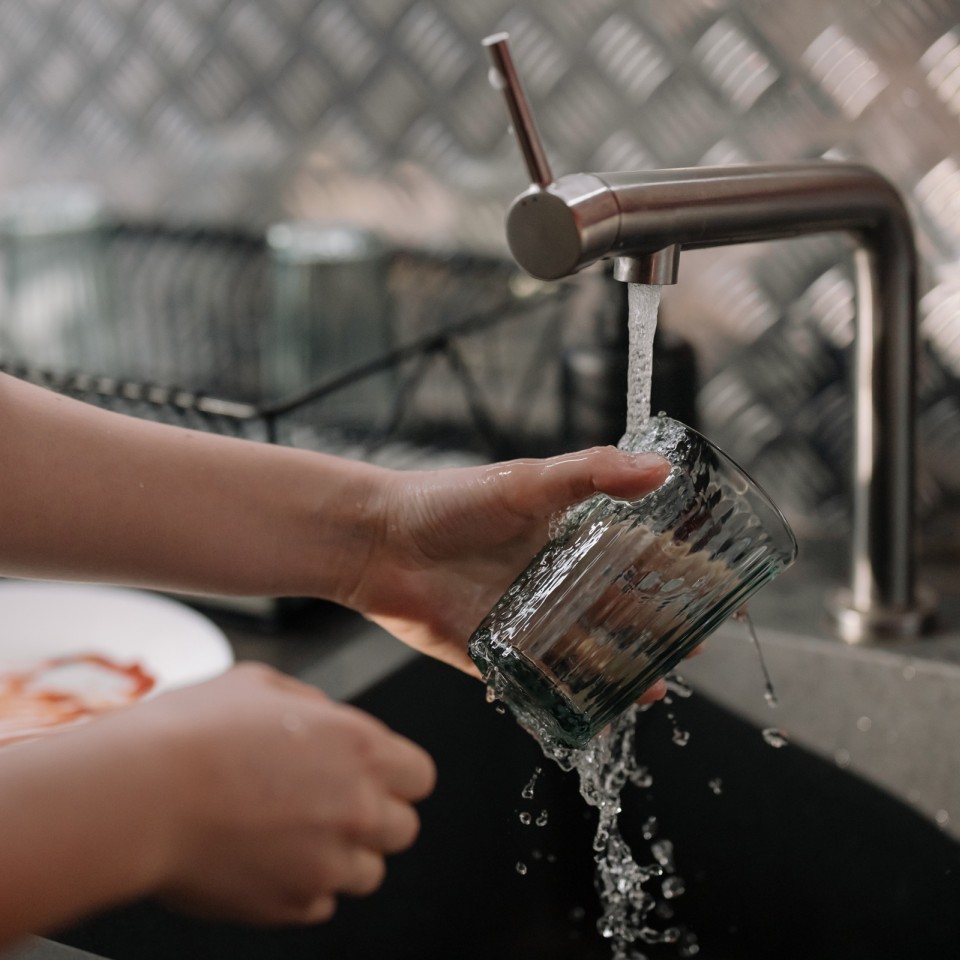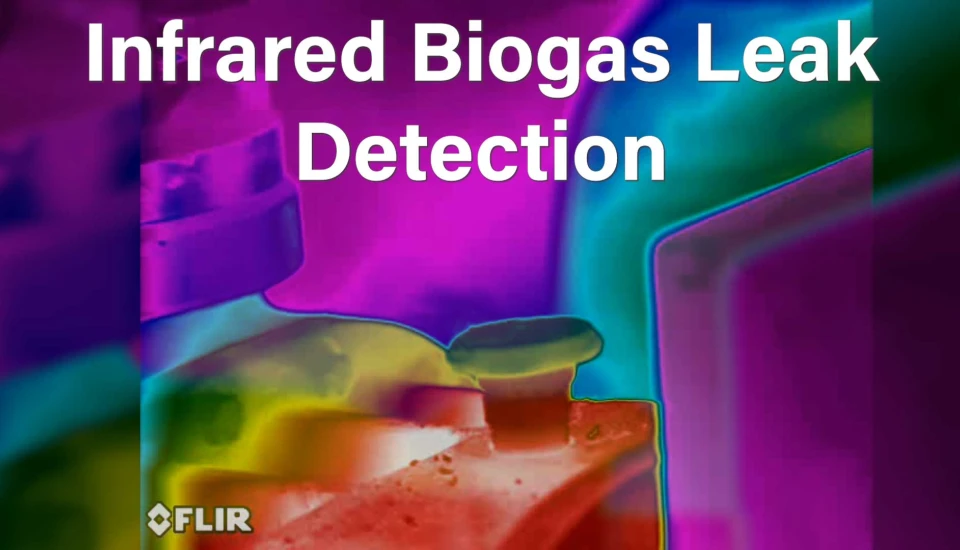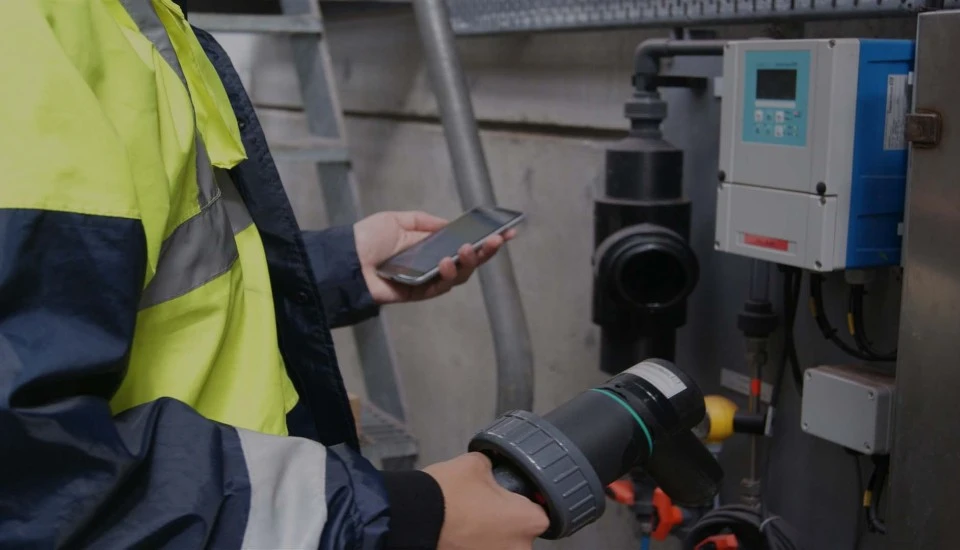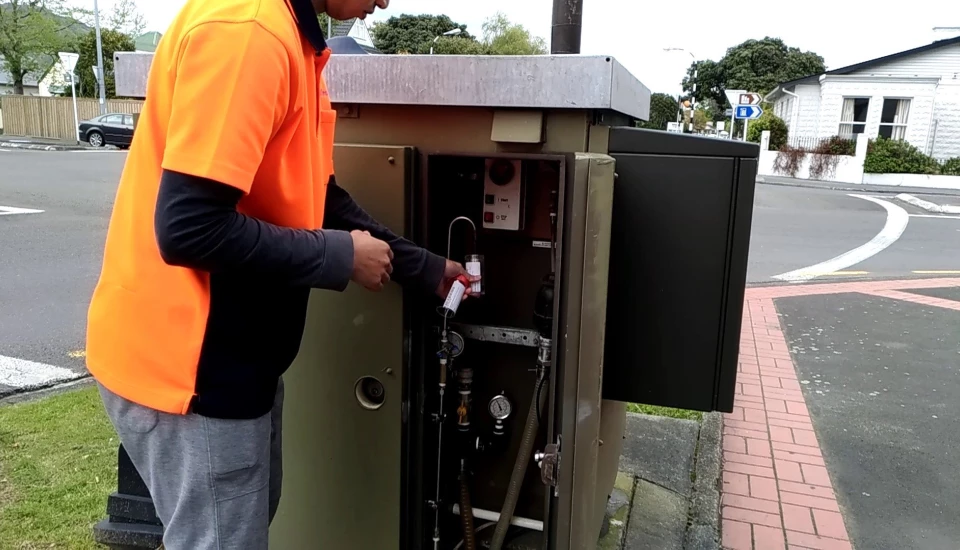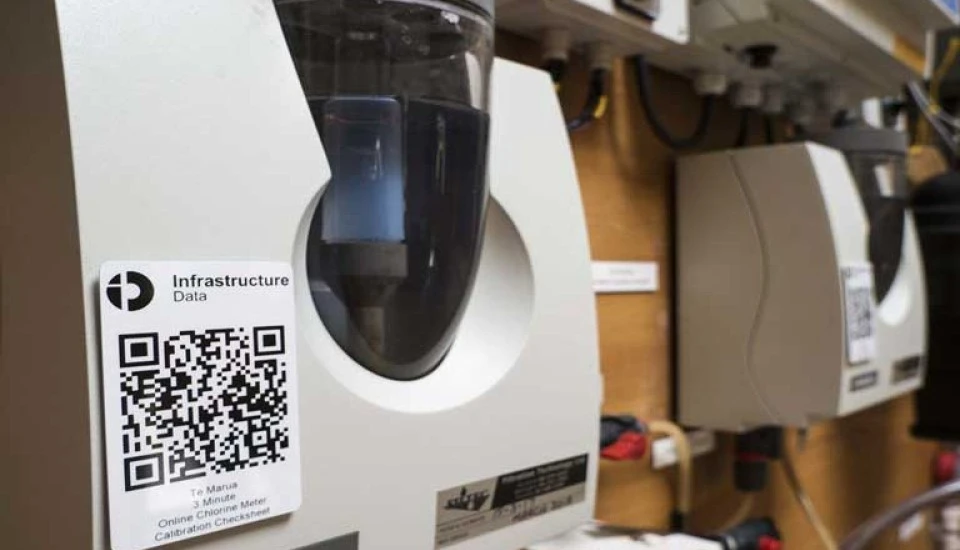Recent revisions to the DWSNZ have to be implemented by 1st March 2019. We've developed a practical guide to help you comply with the changes.
Recent revisions to the DWSNZ have to be implemented by 1st March 2019. Lutra’s water treatment leads Dr Jason Colton & Iain Rabbitts have developed a practical guide to help you comply with the changes. The three main changes in DWSNZ 2005 (2018) that impact on compliance and water supply management are:
- The change to C.t values for disinfection compliance;
- The default protozoa log credits;
- Sampling requirements for total coliforms.
We’ll look at each of these in detail and present answers to all the questions we’ve been asked to help you understand what you need to do to comply.
C.t values
The appendix reference to C.t values in Section 4.2.2. doesn’t make sense? The appendix reference is incorrect and should refer to A1.3.3.
Can’t I just switch to Criterion 1? No. If you are not currently using Criterion 1 you cannot switch over to it.
I now use Criterion 2B am I supposed to use C.t values too? No. Criterion 2B is unchanged.
What do we use for the C part of C.t? The C refers to FACe. The determination of FACe, from FAC and pH, remains the same as at present.
Where do I measure the C part of C.t? The FACe (FAC and pH) needs to be measured after any contact time at the point where the water leaves the treatment plant. This should be your existing compliance point if you are using Criterion 2A.
What do we use for the t part of C.t? The t refers to the contact time. Taking account of short circuiting, also referred to as T10.
I know my current T10 contact time is 30 minutes and I maintain FACe > 0.2 mg/L so will I be ok? Yes. 0.2mg/L x 30 min = 6 min.mg/L. This is the basis of the required C.t value of 6 min.mg/L.
Can I achieve the required C.t value with an FACe of 0.1mg/L? Yes, if you have a T10 contact time of more than 60 minutes. However, we would not recommend this because it’s unlikely you will maintain a residual in the reticulation system.
Is the specified minimum contact time of 5 minutes a T10 contact time? It is not explicitly stated but our interpretation is that the 5 minutes is a T10 time, i.e it must take into account short circuiting.
I’ve always had a T10 contact time of less than 30 minutes. Can I now use Criterion 2 if I have enough chlorine? Yes. You’ll need to agree this with your DWA, but if you had a T10 contact time of 10 minutes for example you’d need a minimum FACe of 0.6 mg/L. Note that the T10 must always be greater than 5 minutes.
What happens if my pH goes high? This is dealt with by the FACe component of the C.t value calculation.
Where can I get help working out C.t values? We’ve produced a free app for calculating C.t values (and more) you can find it here.
Should I calculate C.t values on line and display them on SCADA? You don’t have to, but we’d recommend it so that you can set process alarms on the C.t value. Note that the most complex part will be determining a T10 contact time in real time. You’ll need to base this on known tank volume, flow rate, tank level and a known baffle factor.
Can I continue to report on FACe to demonstrate compliance with Criterion 2A? No, the requirement from 1st March 2019 is to demonstrate a C.t of 6 min.mg/L for at least 98% of the compliance period (1 day). You will have to calculate the C.t for each minute the plant is in service from your FACe and your actual T10 contact time.
Protozoa log credits
My source is 4 log and now the default is 3 log, can I reduce the treatment I currently provide? If you want to reduce the source log credits from 4 to 3 you need to undertake Cryptosporidium monitoring to validate this change. If you do not wish to do Cryptosporidium testing then your source will remain at 4 log.
I currently have a shallow bore source that has 5 log of treatment (cartridges + UV). What options do I have now? If your borehead is not secure or you do not meet bacteriological compliance with chlorination, your source is considered a surface water source. Under the new standards you don’t have to provide more than 4 log. If you wish to reduce from 4 log to 3 log you’ll need to undertake Cryptosporidium testing to validate the reduction.
If your borehead is secure and you meet bacteriological compliance, then under the new standards you only need to provide 2 log. In which case you could choose to either turn off the UV or remove the cartridge filters.
I have a bore with a secure borehead and use UV for protozoal and bacteriological compliance. I don’t chlorinate. What is the default log credit? The default log credit is 3 log.
I have UV treatment after my membrane plant. Can I turn it off? Yes, according to the new standards.
I am planning a new WTP, should I design for 3 or 4 log reduction in protozoa? You need to conduct a catchment risk assessment. If this shows 4 log may be required you can either design for 4 log or undertake Cryptosporidium testing (which takes a year). The results of the Cryptosporidium testing may show only 3 log is required. If the catchment is considered low risk and is highly unlikely to change in the future then you can design for 3 log.
Total Coliforms
Do I have to measure total coliforms in reticulation? Yes, for Criterion 6A the requirements of Section 4.2.6 must be met.
How often do I need to test for total coliforms? You need to test for total coliforms at the same time you test for E.Coli. So if you test weekly for E.Coli you need to test weekly for total coliforms.
Will I have a non-compliance if I detect total coliforms? No. If you detect total coliforms but do not detect E.Coli you will be compliant. There is no MAV for total coliforms so their presence will not cause a transgression.
Will I need to issue a boil water notice if I detect total coliforms? No. The presence of total coliforms does not necessarily present a risk to public health.
What do I do with the results of total coliform testing? Total coliforms can give an indication of issues in the water supply system such as surface water influence, backflow and/or biofilm growth. It is important to benchmark total coliform numbers in your system and investigate any significant and sudden increases.
Are any funds available for the additional sampling requirements? It is our understanding that no additional money will be provided by central government and that water suppliers will be expected to fund the changes from existing budgets.

